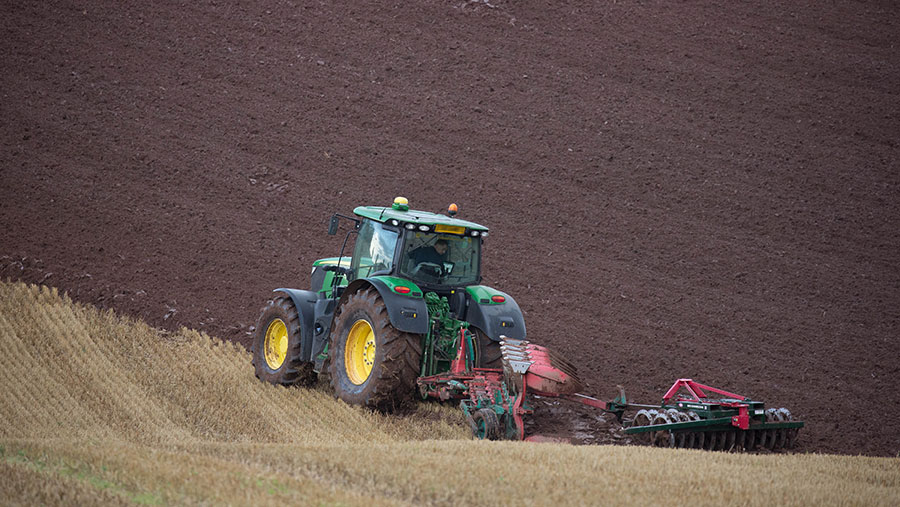EU plans growth in organic farming to enhance biodiversity
 © Tim Scrivener
© Tim Scrivener The EU could set a target of one-quarter of agricultural land in Europe to be farmed organically by 2030, with an additional goal of reducing the use of chemical pesticides by 50%.
The plan to increase the amount of organic farming in Europe is understood to be included in the latest draft of the EU’s Biodiversity Strategy to 2030, scheduled to be published later this month.
The proposal to reduce the use of pesticides and nitrogen, while increasing the use of integrated pest management methods, has been included in a draft of a Farm to Fork (F2F) strategy, which will sit alongside the biodiversity strategy.
See also: Switch to organic farming would increase greenhouse gas
According to Brussels insiders, the latest draft text of the plans suggests that transformative change is “urgently required” to reverse the trend of biodiversity losses.
It says organic farming is the “best-known and best-regulated agro-ecological practice”, but acknowledges there would also be a need for measures to increase demand for organic produce through a commission action plan.
The document also suggests that at least 10% of the agricultural area in use should be restored as high-diversity landscapes.
Organic progress
Although there has been strong growth in organic farming in Europe over the past decade, the extent of the sector varies considerably across EU regions, so such a target would be a significant change.
Across the whole of the EU-28 in 2018, organic farming accounted for just 7.5% of the total used agricultural area, or 13.4m hectares.
According to Eurostat, the total organic area in the EU rose by 25% between 2012 and 2017.
The highest share of organic farming was reported in the Salzburg region of Austria, where about half (52%) of the total agricultural area was used for organic farming in 2016 (the latest year for which regional data are available).
There were a further seven regions where organic farming accounted for upwards of one-quarter of total used agricultural area: Severozápad in the Czech Republic (30%), Norra Mellansverige in Sweden (29%), Calabria in Italy (29%), Mellersta Norrland in Sweden (28%), Burgenland in Austria (27%), Sicilia in Italy (26%), and Moravskoslezsko in the Czech Republic (25%).
Latest UK figures show that organic farming represents less than 3% of the total farmed area on agricultural holdings.
Next steps
Publication of the F2F and Biodiversity Strategy has already been pushed back because of the Covid-19 pandemic.
The most likely dates for publication at present are 20 or 29 May.
